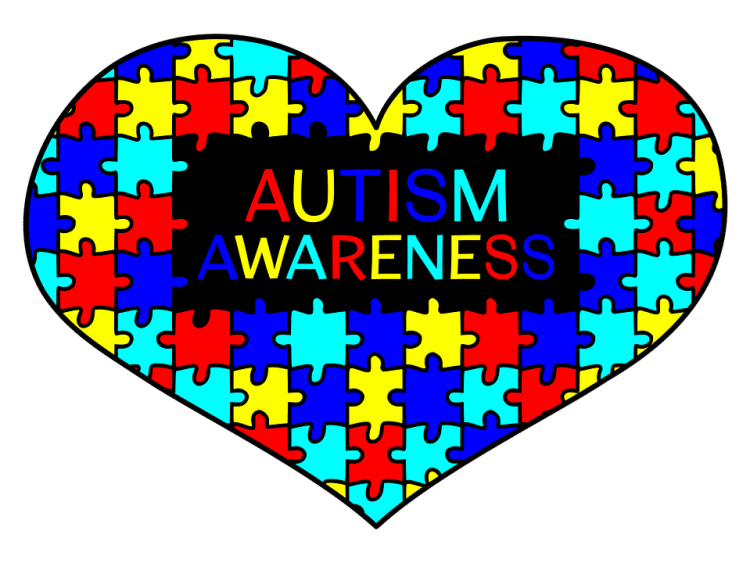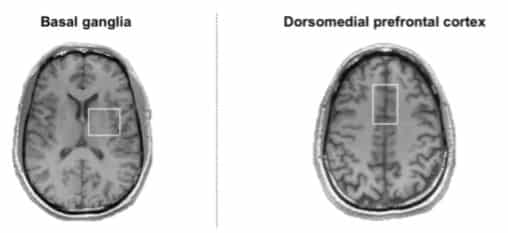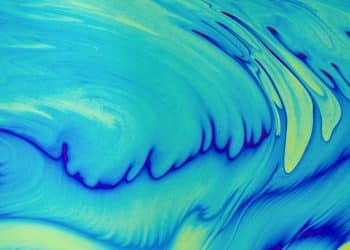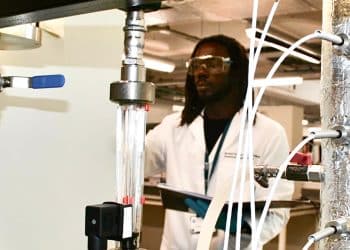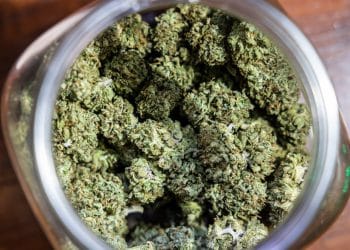Autism spectrum disorder (ADS) refers to a developmental condition that affects communication, behavior, and learning to varying degrees. Traditional pharmacological treatments have, so far, proven to be no match for ASD. [1] Though the causes appear complex, one possible underlying mechanism of ASD could relate to an imbalance between the brain’s primary excitatory metabolite glutamate and inhibitory γ-aminobutyric acid (GABA).
Differences in glutamate and GABA pathways in ASD mean that responses to molecules like cannabidiol (CBD) may not be identical. In 2019, one group of scientists found that CBD modulates glutamate-GABA systems in ASD and neurotypicals (typical development), but the prefrontal GABA systems responded differently. CBD lowered prefrontal GABA levels in people with ASD and increased GABA levels in the control study participants. [1,2]
Spurred by these findings and the shortcomings of other clinical trials with the same mission, these same reseachers sought to pin down the possible activity of another cannabinoid—cannabidivarin (CBDV). [1] They explored CBDV’s potential role in the complex ASD equation by employing a repeated-measures, double-blind, randomized-order, cross-over design on 34 men — 17 with and 17 without ASD. The focus fell on the dorsomedial prefrontal cortex, DMPFC, and the left basal ganglia, BG, as two regions in the brain implicated in ASD.
Reprinted from: Pretzsch CM, et al. Effects of cannabidiol on brain excitation and inhibition systems; A randomised placebo-controlled single dose trial during magnetic resonance spectroscopy in adults with and without autism spectrum disorder. Neuropsychopharmacology. 2019;44:1398–1405. License: Creative Commons Attribution 4.0 International.
The placebo and CBDV “were allocated in a pseudo-randomized order so that approximately half in each group attended a placebo visit before CBDV; and half attended a CBDV visit before placebo.”
The scientists examined CBDV-induced shifts in metabolite levels of glutamate and GABA versus the baseline across the ASD and control groups. They performed magnetic resonance imaging (MRI) and MR spectroscopy processing.
The clearest result of the study is that a single acute dose of CBDV shifted subcortical levels of glutamate.
“CBDV induced a mean increase in BG [glutamate] in both groups. However, the response to CBDV varied within the ASD group and correlated negatively with baseline BG [glutamate] levels. In contrast, CBDV had no impact on [glutamate] in DMPFC, nor on GABA+ levels in either [brain region].” Thus, unlike in the aforementioned CBD study [2], CBDV did not affect GABA levels. Interestingly, CBDV increased glutamate in ASD participants with low baseline levels, but decreased glutamate in ASD participants with high baseline levels.
While these findings perhaps weren’t the grand revelation that the scientists had hoped for, they are nevertheless a solid addition to the existing body of knowledge on cannabinoids and brain chemistry at the intersection of ASD. Moreover, such research may serve as a stepping stone for future studies on the quest to understand the mechanisms and extent of CBDV’s activity on ASD-related cognition and behavior in both single-dose and long-term treatments.
References:
- Pretzsch CM, et al. Effects of cannabidivarin (CBDV) on brain excitation and inhibition systems in adults with and without Autism Spectrum Disorder (ASD): A single dose trial during magnetic resonance spectroscopy. Translational Psychiatry. 2019;9:313. Journal Impact Factor = 5.490; Times Cited = 2
- Pretzsch CM, et al. Effects of cannabidiol on brain excitation and inhibition systems; A randomised placebo-controlled single dose trial during magnetic resonance spectroscopy in adults with and without autism spectrum disorder. 2019;44:1398–1405. Journal Impact Factor = 7.160; Times Cited = 11
Image: Bikki / Pixabay
